TEACHING PORTFOLIO
Teaching Philosophy; Sample Syllabi; List of Courses Taught; Student Work; Student Reviews.....................................
TEACHING PHILOSOPHY
Of the many truths revealed and reinforced through the recent COVID-19 pandemic and protests for racial justice, I have been daily reminded of the power of photography to bear witness, connect community, and critically speak truth to power. As the world finds itself in the midst of great change, so too has the medium of photography been resituated within an uncertain, yet exciting, present. Through the shaping of fabricated and found images, deconstructing hierarchies between canonical and vernacular photographs, and engaging with traditional and emergent technologies, artists are employing a wide range of strategies to critically engage with the dilating character of globalized visual culture. My pedagogical approach enables students to consider the intellectual, aesthetic, and practical implications of this pivotal moment through a dynamic, equitable curriculum that actively addresses these issues and connects them to the broader cultural and political conditions shaping our time.
In my classroom, students are challenged to master the craft of image making with deep historical and contextual knowledge. By establishing a firm foundation in current and historical methodologies, I provide a platform from which students learn to take risks, develop their voice, and recognize the power of photography to document, reveal, criticize and provoke change.
While I encourage my students to pursue the act of making as a way of thinking, I believe artistic development does not solely occur as a result of making itself. To reach beyond traditional studio classroom models, I regularly incorporate experiential coursework through single and long-term creative assignments. This immersive fieldwork and community-based research motivates students to consider their role as thoughtfully engaged citizens as they develop partnerships outside the classroom that yield multi-dimensional, mutually beneficial outcomes based on shared vision and tangible benefits. By acknowledging specific student and community needs, fostering student-community collaboration, and promoting application of theory to “real world” practice, experiential and service learning strategies provide learning outcomes where students analyze, synthesize, and apply key concepts, knowledge, and research methods in new contexts; develop effective oral, written, and visual communication skills; and cultivate empathy, independent reasoning, and decision making skills.
Deep learning and transformational growth are further fostered by combining studio assignments and class presentations with museum visits and multimedia resources. I draw from a variety of literary and academic texts while regularly providing cross-disciplinary reading assignments in literature, poetry, science, history and journalism. Students are connected to contemporary practitioners through visiting artist programs, online conversations, workshops, and internships to prompt dialogue that reaches beyond the classroom and spurs professional development opportunities.
Carefully structured critical reflection intentionally connects students’ creative work with course content, and is facilitated through ongoing conversations, critical writing assignments, and studio critique. Through these methods, students test the strengths and limitations of their work, integrate new experiences against existing knowledge, and analyze and articulate their discoveries in open, constructive dialogue.
Thoughtful support of each individual student–regardless of gender, sexual orientation, economic background, disability, age, political affiliation, or religious and cultural identity–is paramount. Yet a commitment to diversity in the classroom requires more than the concerns of identity and positionality; it is grounded in establishing and maintaining trust, requires us to act ethically and do what is right, and compels us to treat others with courtesy, integrity, and accountability.
My commitment to diversity also requires me to forge new paths in critically deconstructing codified methodologies, outdated curriculum, and antiquated pedagogical systems. To that end, I look beyond the established art historical canon that has too long privileged Western, white, male artists and instead provide contemporary and art historical examples by a variety of artists who identify either as female, LGBTQIA, non-Western, or non-white. I also use visiting artist opportunities to diversify the voice in the classroom, employ community engaged coursework to foster empathy and understanding, and seek to develop and integrate impactful recruitment initiatives and innovative funding models to facilitate equitable access to learning and success.
With the principles of commonality, community, and citizenship at the fore, my aim is to open my classroom to a dynamic, transformational exchange that is marked by the success John Henry Newman describes in The Idea of a University: a kind of higher learning that does not cherish “talent, genius, or knowledge, for [her] own sake, but for the sake of her children…with the object of training them to fill their respective posts in life better, and of making them more intelligent, capable, active members of society.”1
1 John Henry Newman. The Idea of a University. London: Longmans, Green, and Co., 1907.
.....................................
SAMPLE SYLLABI
Champion Image: Socially-Engaged Visual Storytelling
University of South Florida Judy Genshaft Honors College • 2020
Honors Capstone credit course certified by the USF Honors College for “Integrative & Applied Learning: High Impact Practice.”
Download: IDH 4950_005_Ragland.pdf
Description: The Compassionate Image: Socially-Engaged Visual Storytelling is a visual arts-based interdisciplinary course committed to scholarly engagement, creative collaboration, and compassionate conversation through documentary photography and interdisciplinary visual studies. The class will focus on the critical understanding and crafting of photographic images – particularly those that involve individual citizens and local communities. Within the context of a variety disciplinary approaches (eg: social sciences, urban planning, healthcare, history, etc.), students will investigate historical antecedents, contemporary practices, and strategies of critical interpretation of socially-conscious photographic works and develop their own visual research projects in collaboration with community partners and local stakeholders located within Tampa, Florida’s University Area neighborhood. While largely documentary in approach, the class may also consider found and constructed images, look at fine art and vernacular photographs, and engage with art historical precedents, emergent technologies, and social media applications. The course will be taught in collaboration with IDH 3400-013 Fostering a Compassionate City: Systems Thinking for Social Change, and IDH 4950-004 Compassionate Cities: An Emerging Social Development, with which students will collaborate in a semester long, community-engaged capstone project that incorporates systems thinking, qualitative ethnography, and visual methods.
Experiential (Intro) Photography
University of Alabama at Birmingham • 2018
Download: Ragland-Intro-Syllabus.pdf
Description: This course is designed as an introduction to photographic strategies employed by both contemporary photographic artists as well as their historical antecedents. The class will develop a conversation that considers the aesthetic and conceptual implications of current lens-based practices while connecting them to the broader cultural and political conditions shaping our time. Specifically, students will develop creative/critical photographic language, gain an understanding and appreciation for light, and learn techniques in exposure and camera control, film processing, and darkroom printing in concert with digital imaging methods.
Special Topics: Camera-less
University of Alabama at Birmingham • 2016
Download: Ragland-Cameraless-Syllabus.pdf
Description: Photography is in the midst of an uncertain, yet exciting, present. Through the shaping of found and constructed images, compressing histories of both canonical and vernacular photographs, and engaging with emergent technologies and social media applications, contemporary artists are critically engaging with the dilating character of globalized visual culture and expanding the possibilities for what a photograph might be. By exploring specific strategies employed by contemporary artists during this pivotal moment – including appropriation, collage, curation, construction, manipulation, surveillance, and mapping – this course will develop a conversation that considers the aesthetic and conceptual implications of current lens-based practices while connecting them to the broader cultural and political conditions shaping our time.
......................................
COURSES TAUGHT
*developed course/wrote syllabus
UNIVERSITY OF SOUTH FLORIDA JUDY GENSHAFT HONORS COLLEGE, 2019–20
Visiting Distinguished Professor
The Champion Image: Socially-Engaged Visual Storytelling*
The Compassionate Image: Socially-Engaged Visual Storytelling (taught in collaboration with Fostering a Compassionate City: Systems Thinking for Social Change & Compassionate Cities: An Emerging Social Development classes)*
The Art of Politics: Photography, Propaganda, and Politics*
Looking Beyond Florida Man and Sunsets: Florida and the South in Photographs*
UNIVERSITY OF ALABAMA AT BIRMINGHAM, 2013–18
Adjunct Faculty
BFA Exhibition
BA Capstone: Contemporary Art Practices
Special Topics: Camera-less*
Special Topics: Stories from the Line – Documenting Poverty (cross-listed with Department of History, Media Studies)*
Special Topics: Photography in the South*
Special Topics: Neighborhood Studies (cross-listed with Department of History)*
Intermediate Photography*
Experiential Photography*
Beginning Photography*
4-D Design Foundations*
UNIVERSITY OF ALABAMA, 2016
Master of Arts Graduate Thesis Committee
Student: Celestia Morgan
DUKE UNIVERSITY, 2015
Master of Fine Arts in Experimental & Documentary Arts Graduate Thesis Committee
Student: Aaron Canipe
CORCORAN COLLEGE OF ART + DESIGN, 2007–13
Adjunct Faculty
Studio Photojournalism Core IV Senior Thesis*
Studio Fine Art Photography Core IV Senior Thesis
Studio Photojournalism Core III*
Studio Fine Art Photography Core III*
Light Studies & Optical Culture
Focus on Photojournalism Pre-college*
LAGRANGE COLLEGE, 2004–05
Adjunct Faculty
Documentary Photography*
Basic Photography*
2D Design
Western Humanities II*
TULANE UNIVERSITY, 2002–03
Instructor of Record
Foundations of Art: Photography*
.....................................
STUDENT WORK

Aaron Canipe, selections from the series Plateau
Pigment prints, 20x24” each
MFA Thesis Project
Duke University • Master of Fine Arts in Experimental & Documentary Arts Graduate Thesis Committee • 2015
aaroncanipe.com

Celestia Morgan, selections from the series Redline
Pigment prints, various sizes
MA Thesis Project
University of Alabama • Master of Arts Thesis Committee • 2016
celestiamorgan.com
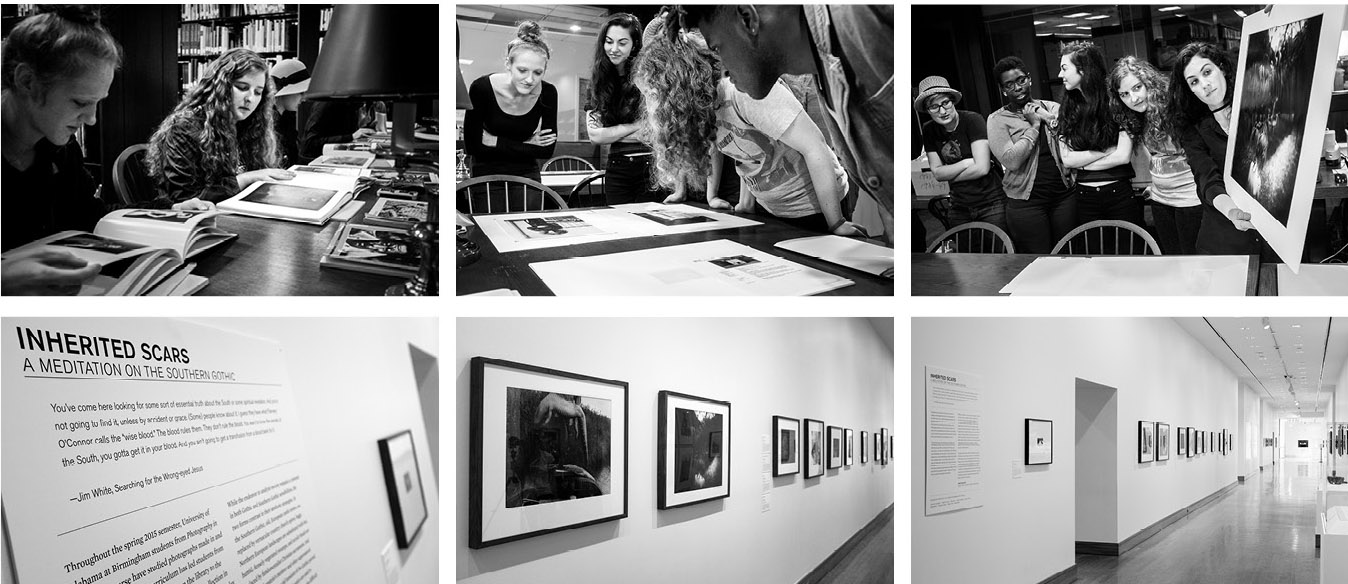
Documentation of the student curated exhibition, Inherited Scars: A Meditation on the Southern Gothic
Birmingham Museum of Art, April 2 – August 9, 2015
University of Alabama at Birmingham • Special Topics: Photography in the South • 2015
https://www.artsbma.org/exhibition/inherited-scars-a-meditation-on-the-southern-gothic/

Brittney Truitt, selections from the series Highway 31
Pigment prints, 24x30” each
BFA Thesis Project
University of Alabama at Birmingham • BFA Exhibition • 2015

Devin Lunsford, selections from the series Waiting for Something That’s Not Coming
Pigment prints, 6x6” each
Course Final Project
University of Alabama at Birmingham • Special Topics: Photography in the South • 2015
devinlunsford.com

Ty Harris, stills from Hymns of Youth
Video, 3 minutes
Course Final Project
University of Alabama at Birmingham • Special Topics: Photography in the South • 2015
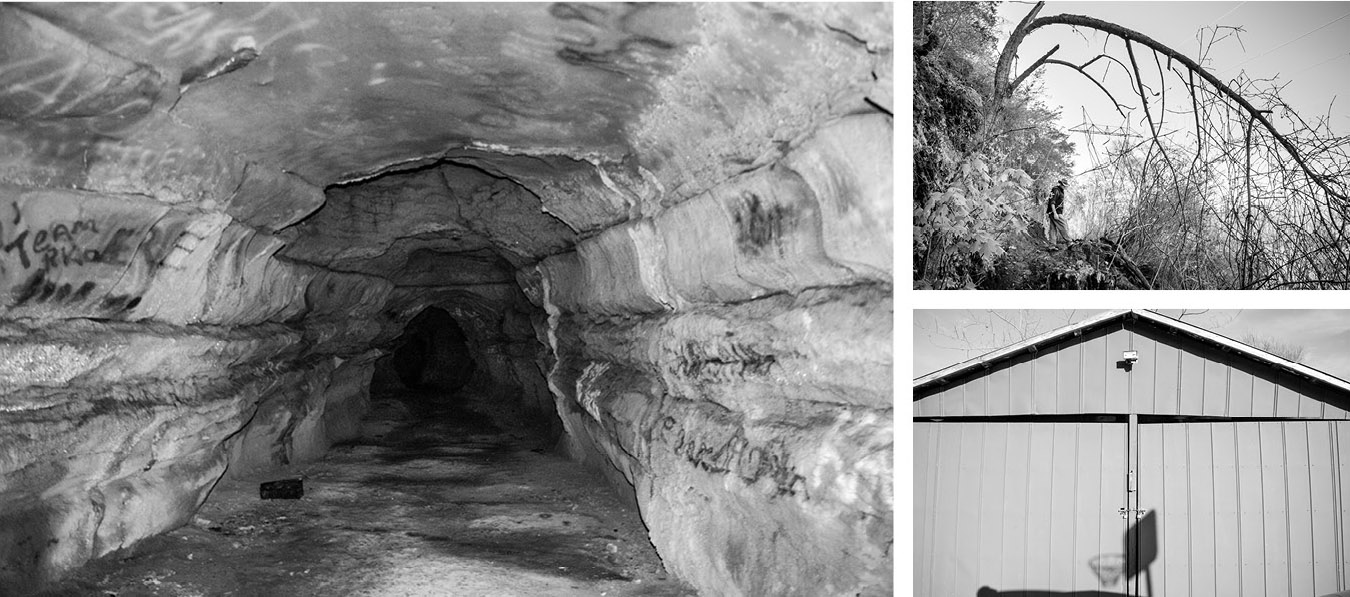
Christianna Traynor, selections from the series Marshall County
Pigment prints, 6x9” each
Course Final Project
University of Alabama at Birmingham • Special Topics: Photography in the South • 2015
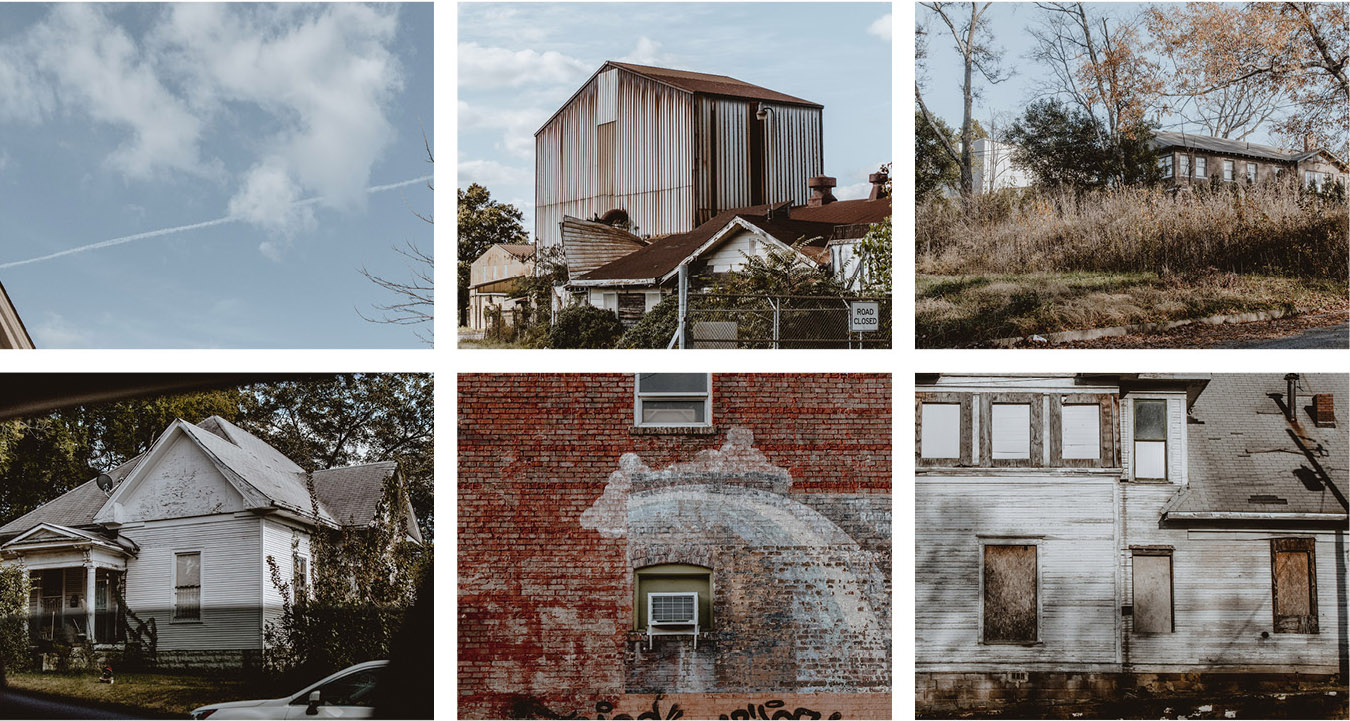
Aubrey Venkler, selections from the series Lines and Boundaries
Archival pigment prints, 16x20” each
Course Final Project
University of Alabama at Birmingham • Special Topics: Neighborhood Studies • 2018
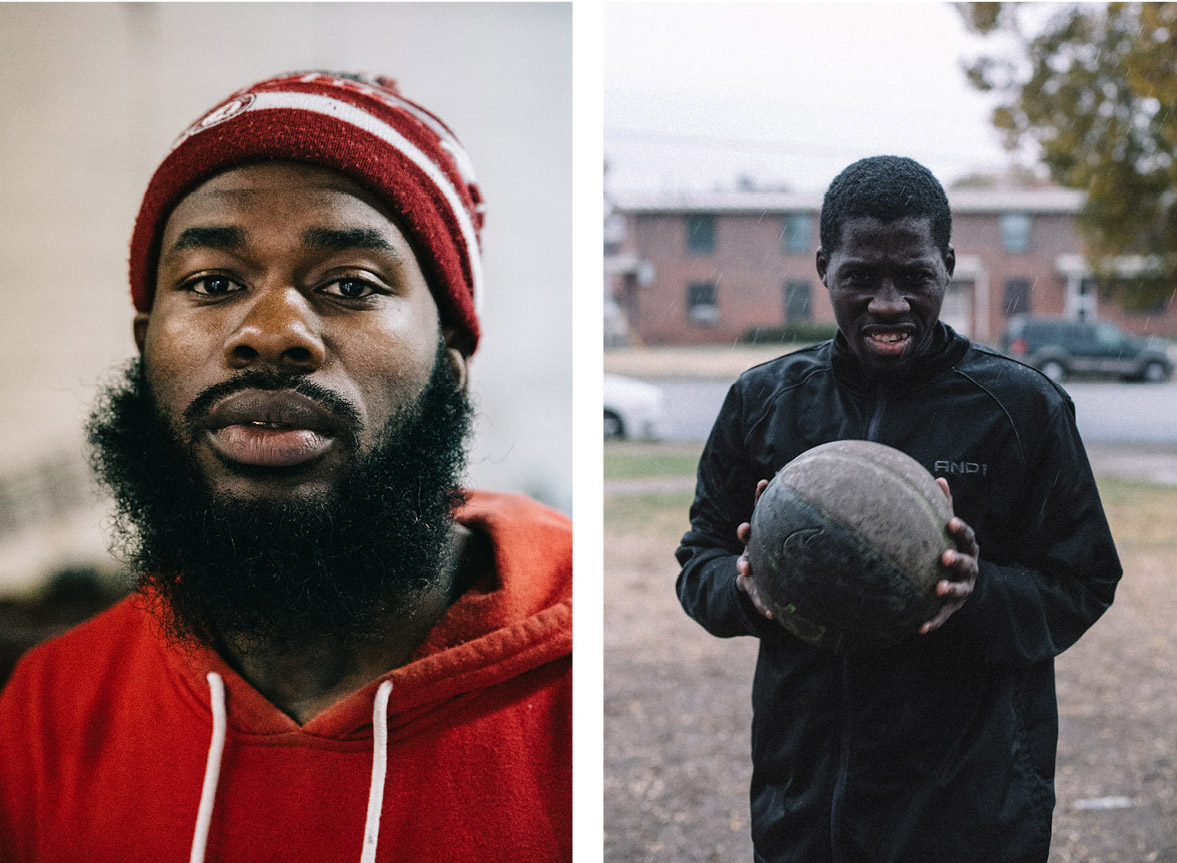
Evan Franklin, selections from the series 41st St N
Archival pigment prints, 12x16” each
Course Final Project
University of Alabama at Birmingham • Special Topics: Neighborhood Studies • 2018

Macy J. Moon, selections from Day 5 - November 27, 2018, from the series Walking Archive
Digital images published to online archive website, https://macyjanemoon.cargo.site/Walking-Archive-About
Course Final Project
University of Alabama at Birmingham • Special Topics: Neighborhood Studies • 2018

Selection of student artist books and zines accessioned into the Birmingham Museum of Art Hanson Library Artist Book Collection
University of Alabama at Birmingham • Special Topics: Camera-less • 2016
https://uab.edu/news/self-published-artist-books-and-zines-made-by-uab-students-now-part-of-birmingham-museum-of-art-collection

Daniel Senko, selections from the artist book, Taking Portraits
Rephotographed photobook dust jacket portraits, various sizes
Course Final Zine Project
University of Alabama at Birmingham • Special Topics: Camera-less • 2016

Jacob Lawley
Google street view screen capture typology
Mapping Assignment
University of Alabama at Birmingham • Special Topics: Camera-less • 2016
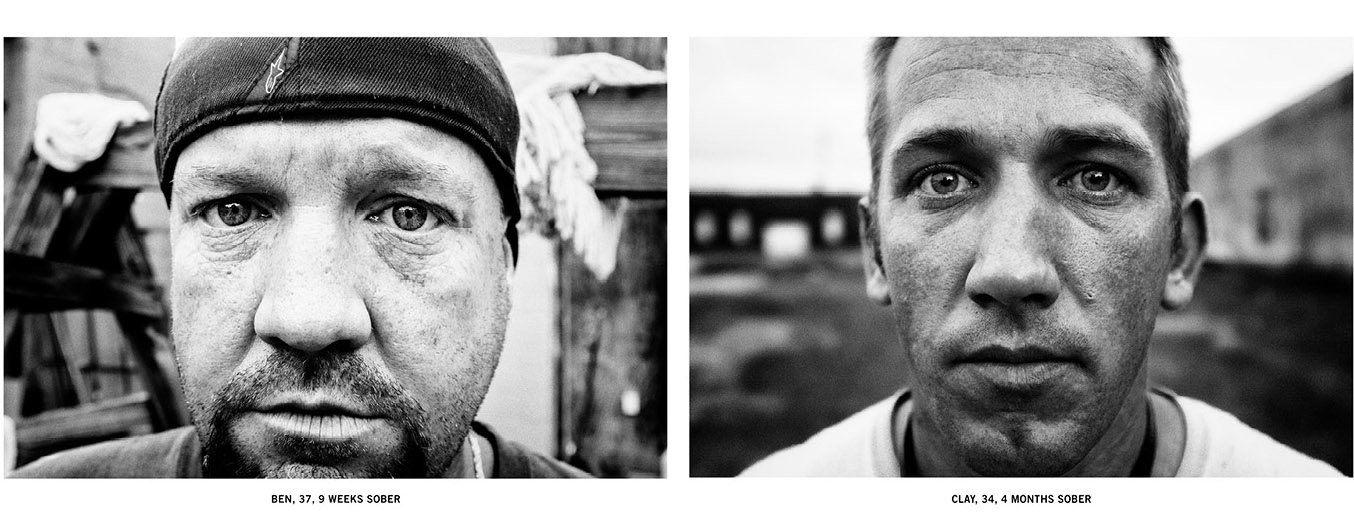
Devin Lunsford, selections from the series, Done Lost Too Much
Pigment prints documenting recovering methamphetamine cooks, made in collaboration with UAB Department of Criminology student Natalie Matos, 16x24” each
Course Final Project
University of Alabama at Birmingham • Special Topics: Stories from the Line – Documenting Poverty • 2015
devinlunsford.com

Cole Martin
Silver gelatin prints, 6x6” each
Self-portrait Assignment
University of Alabama at Birmingham • Experiential Photography • 2018

Destany Faye Miller
Silver gelatin prints, 6x9” each
Course Final Project, visualizing effects of opioid addiction and incarceration between the artist and her mother
University of Alabama at Birmingham • Experiential (Intro) Photography • 2018

Megan Hammonds
Toned silver gelatin prints, various sizes
Sequencing and Narrative Assignment
University of Alabama at Birmingham • Intermediate Photography • 2015

Eric Gregory Powell, selections from the series Route 1
Pigment prints, 16x20” each
BFA Thesis Project
Corcoran School of the Arts + Design, George Washington University • Studio Photojournalism Core IV Senior Thesis • 2007

Jessica Kolscielniak, selections from the series Weighted Decisions
Pigment prints, 16x24” each
BFA Thesis Project
Corcoran School of the Arts + Design, George Washington University • Studio Photojournalism Core IV Senior Thesis • 2007
jessicakoscielniak.com

Sara J. Winston, selections from the series Chronicles
C-prints, 8x8” each
Sequencing and Narrative Assignment
Corcoran School of the Arts + Design, George Washington University • Studio Fine Art Photography Core III • 2010
sarajwinston.com

John Edmonds, Male Studies
C-prints, 10x10” each
Corcoran School of the Arts + Design, George Washington University • Studio Fine Art Photography Core III • 2010
johnedmonds.studio

Justine Tobiasz, selections from the series Strike, Gently
Gum bichromate prints with blood, 16x20” each
Sequencing and Narrative Assignment
Corcoran School of the Arts + Design, George Washington University • Studio Fine Art Photography Core III • 2008
justinetobiasz.info

Nick Popovici, Gang One (top) United We Stand (bottom left); Disease One (bottom center); At What Cost (bottom right)
Mixed media collages, 24x36” each
BFA Thesis Project
Corcoran College of Art + Design • Studio Fine Art Photography Core IV Senior Thesis • 2008
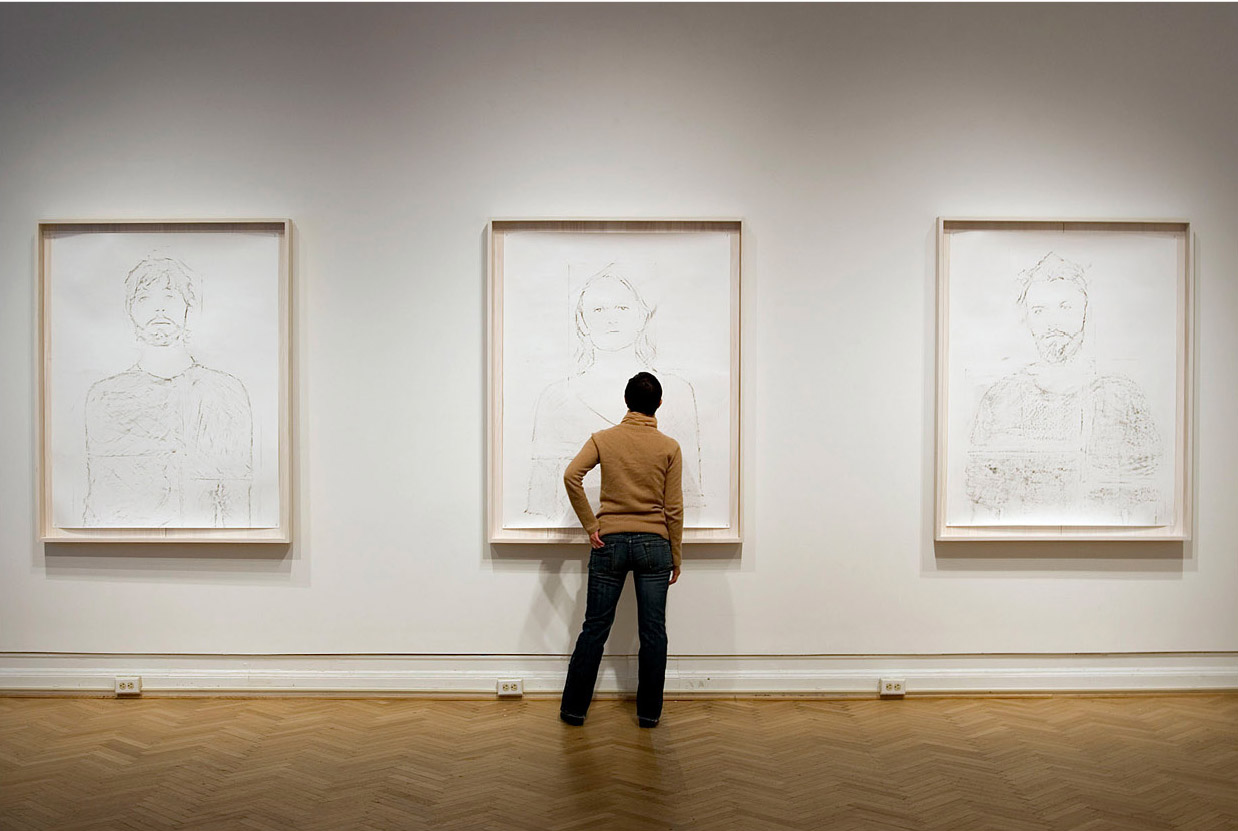
William Knipscher, installation view of The Children
Artist-made beeswax and charcoal crayon rubbing from photo-polymer plates in handmade wood frames, 48x60” each
BFA Thesis Project
Corcoran School of the Arts + Design, George Washington University • Studio Fine Art Photography Core IV Senior Thesis • 2009
williamknipscher.com
.....................................
STUDENT REVIEWS + RESPONSES
Thank you for teaching me to appreciate the art of photography more than I ever did before. I’ve heard of visual analysis and I’ve done surface level analyses for other classes before, but never have I been able to look at an image and dissect it well enough to see beyond what meets the eye. With your guidance and your cultivation of ideas throughout the semester, my visual analysis skills have improved greatly. This is important because I have always been more STEM-oriented and have had difficulties grasping more humanities-related concepts. I remember on the first day of class you mentioned that we had to go to the Contemporary Art Museum, and I was quite concerned about how I would be able to analyze art since I’d never done that before. You told me not to worry and that we would go over the skills and that we would be practicing them all semester, and I put worries aside. Sure enough, we practiced them all semester, and I feel like I could dissect any image! Thank you for teaching me how to analyze photographs and for cultivating my understanding of the South, but most importantly, thank you for teaching me skills to appreciate art. I will use these for a lifetime.
– Looking Beyond Florida Man and Sunsets: Florida and the South in Photographs, University of South Florida Judy Genshaft Honors College, 2020
I feel so incredibly privileged to have taken Art of Politics with Jared. He’s so respectful to his students, and treats them like equals. His experience and background are incredibly unique and he gave a great classroom experience that I don’t think I’ll ever replicate.
– The Art of Politics: Photography, Propaganda, and Politics, University of South Florida Judy Genshaft Honors College, 2020
I have truly enjoyed being in your class and gleaning information from your thoughtful and interactive lectures, it was one of the best course experiences I had at USF, and you have been an incredibly insightful and earnest professor.
– The Art of Politics: Photography, Propaganda, and Politics, University of South Florida Judy Genshaft Honors College, 2020
The course that you taught was something I did not expect in the slightest! From the course, my perspective on Florida has utterly changed, I am now transfixed with its complex beauty. A great memory I have was after watching the documentary “Hale County This Morning, This Evening.” After class had ended, I walked to the library to my next class and I could see the rushing students dodge bicycles, hear the cars hum and wind blow through the oak trees; and feel the weight of my backpack and the rhythm of my feet hit the slightly uneven pavement of my home. Watching the documentary, it had a lack of transition music or gently playing filler melodies, allowing for the normally mundane sounds of the world to add to the narrative. Walking to my class, I was able to have a burst of appreciation for where I live, of which I did not have prior to the class. Your passion for art and discovery had changed my perspective from the hell hole that is Florida to a duplicitous experience that never fails to surprise. Thank you for your work and continue to show your passion, for you have inspired mine for my own home.
– Looking Beyond Florida Man and Sunsets: Florida and the South in Photographs, University of South Florida Judy Genshaft Honors College, 2020
I appreciate that you are devoted to helping us learn. Even when we are done with critiques, you use all the time you can to teach. It is obvious that this is more than just a job to you.
– Junior Fine Art Photography, Corcoran College of Art + Design, 2010
The readings and discussions were very interesting, eye-opening, and thought provoking. Jared's organized and thoughtful lessons were really helpful in expanding my process and knowledge. He's a really great teacher and artist.
– Junior Fine Art Photography Core, Fall 2010, Corcoran College of Art + Design
I wanted to thank you for the last two years. Your insight into art-making, particularly my own, has been invaluable to both my development as an artist and to the way in which I view the world. I cannot thank you enough for steering me down the avenues that you did, the ways in which you encouraged the class at large to think, radically changed the way in which I work. Thank you for introducing me to everything and everyone that you did. And thank you for constantly challenging me critically and for encouraging me to strive to refine my work. Above all else, thank you for helping to create a forum for artistic expression the likes of which I have never before been a part of–one that I can only hope will persist after this, regardless of where we go.
– Senior Fine Art Photography, Corcoran College of Art + Design, 2007
.....................................